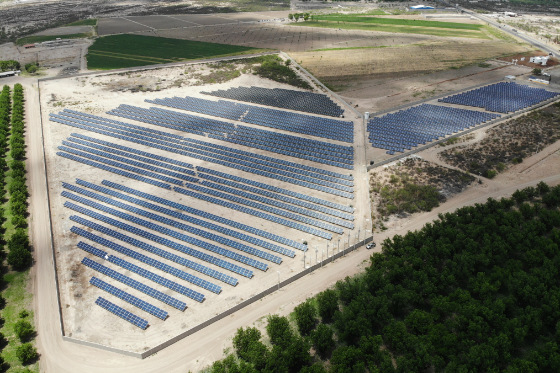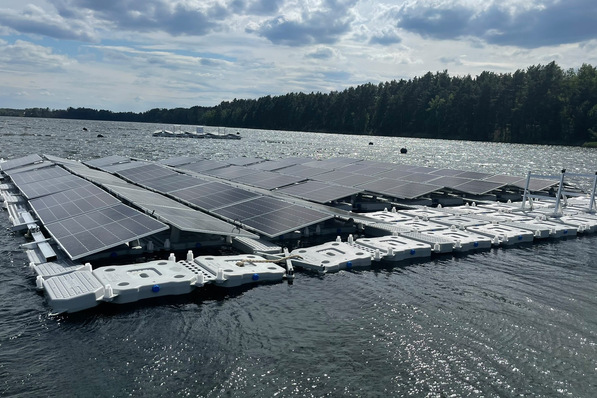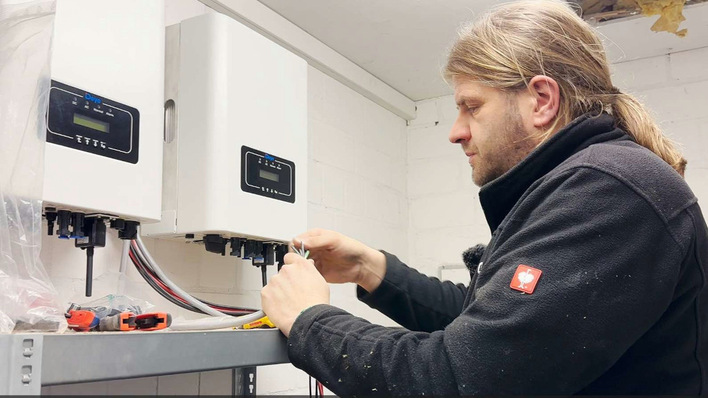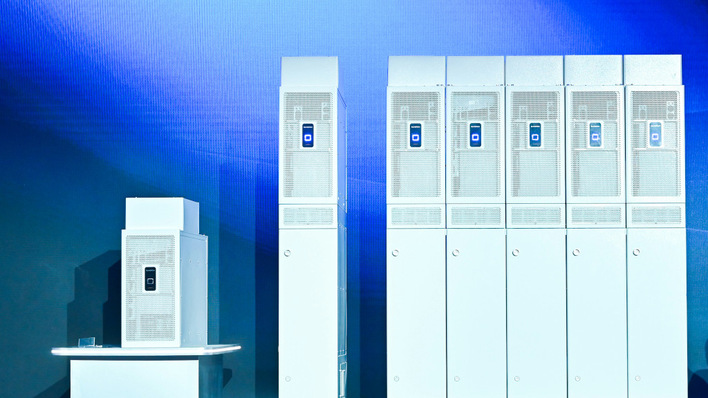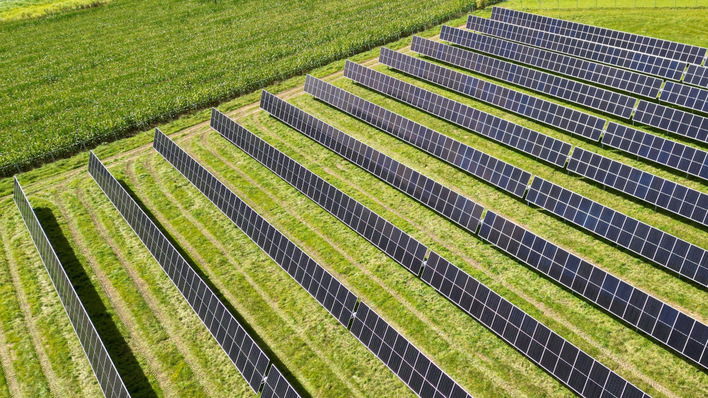Futursun has developed several projects with Fimer. Thanks to Futursun’s know-how and Fimer’s experience in the solar industry, this partnership aims for a substantial improvement of photovoltaic energy distribution in Mexico.
One project developed through this alliance is a total of 30 photovoltaic plants that have been installed in various cities among the largest state of Mexico, Chihuahua, from 2017 to 2021.
The design of a string inverter with the power of a central inverter
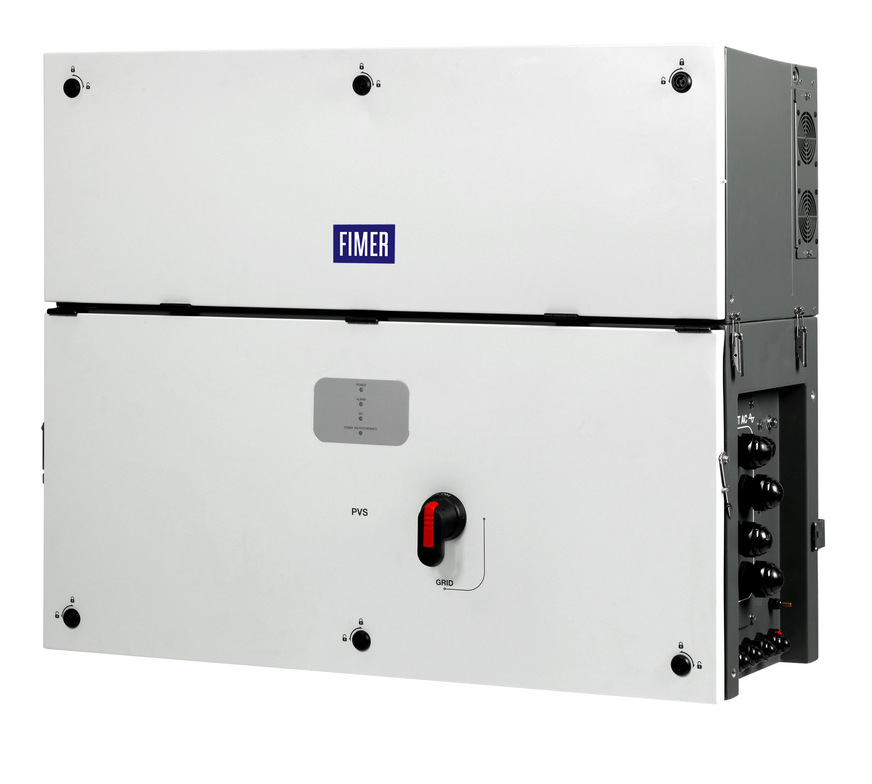
Fimer
The first stage of this project involved the installation of 4 Fimer TRIO-60 inverters, followed by 18 Fimer PVS-100/120 TL inverters. Fimer and Futursun completed the 30 installations in several cities located in Chihuahua: Bachimba, Camargo, Naica, and Chihuahua capital using PVS-120-TL.
As previously mentioned, at the beginning of the project Fimer TRIO-60 were also used. These three-phase commercial inverters feature the design of a string inverter with the power of a central inverter and they were selected specifically in the first 4 plants built in Chihuahua and Bachimba.
Significant energy cost savings compared to traditional fuels
All installed plants were 488 kilowatts and are intended for total energy sale, this means all energy is sold to CFE (Federal Commission of Electricity) and the generated is paid every month. CFE is the company that supplies power in the whole country. The main goal of these installations is to produce significant energy cost savings compared to traditional fuels.
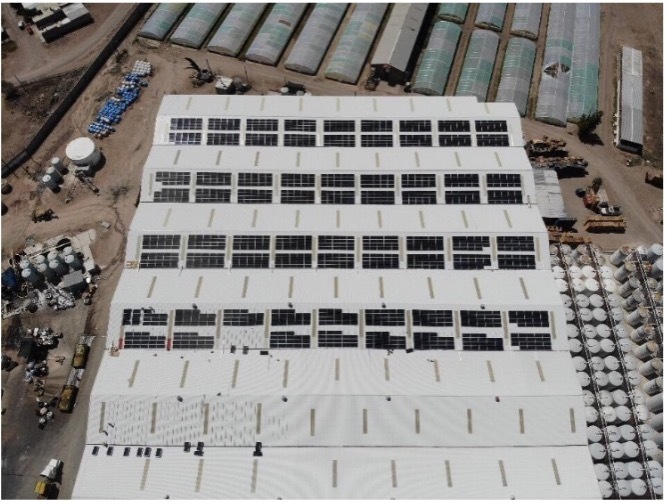
Fimer
See also: Carbon savings for international clothing supplier
The last project out of these 30 installations was a roof top installation in the area of Naica, a town in the Mexican state of Chihuahua. This specific project stands out among the others since it included a bidirectional utility meter. In Mexico the interconnection model for Distributed Power Generation allows through a bidirectional utility meter to count the surplus energy and store it in a virtual energy bank to have it available for another period of the year, allowing even greater savings. The Naica photovoltaic roof project output is 499 kilowatts and Fimer PVS-120 inverters were used for self-consumption. (mfo)


